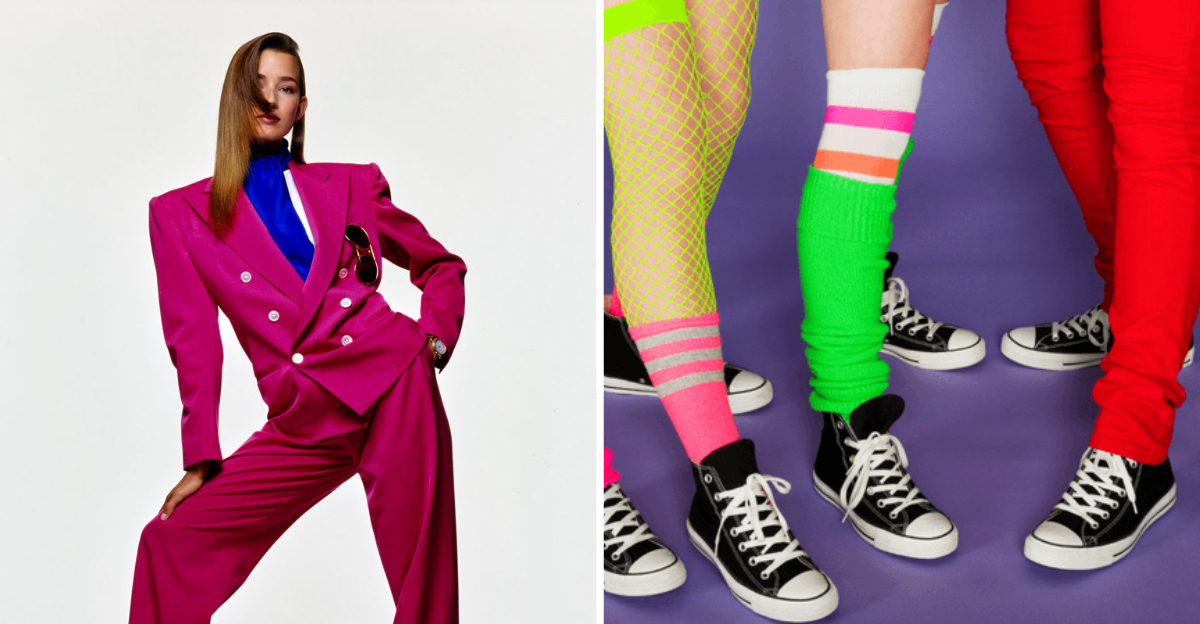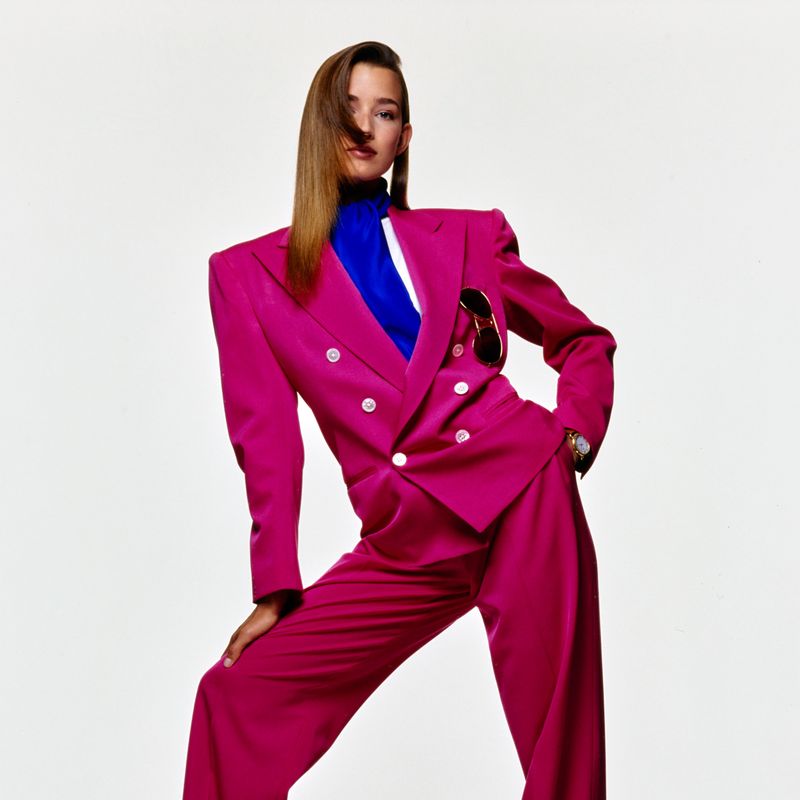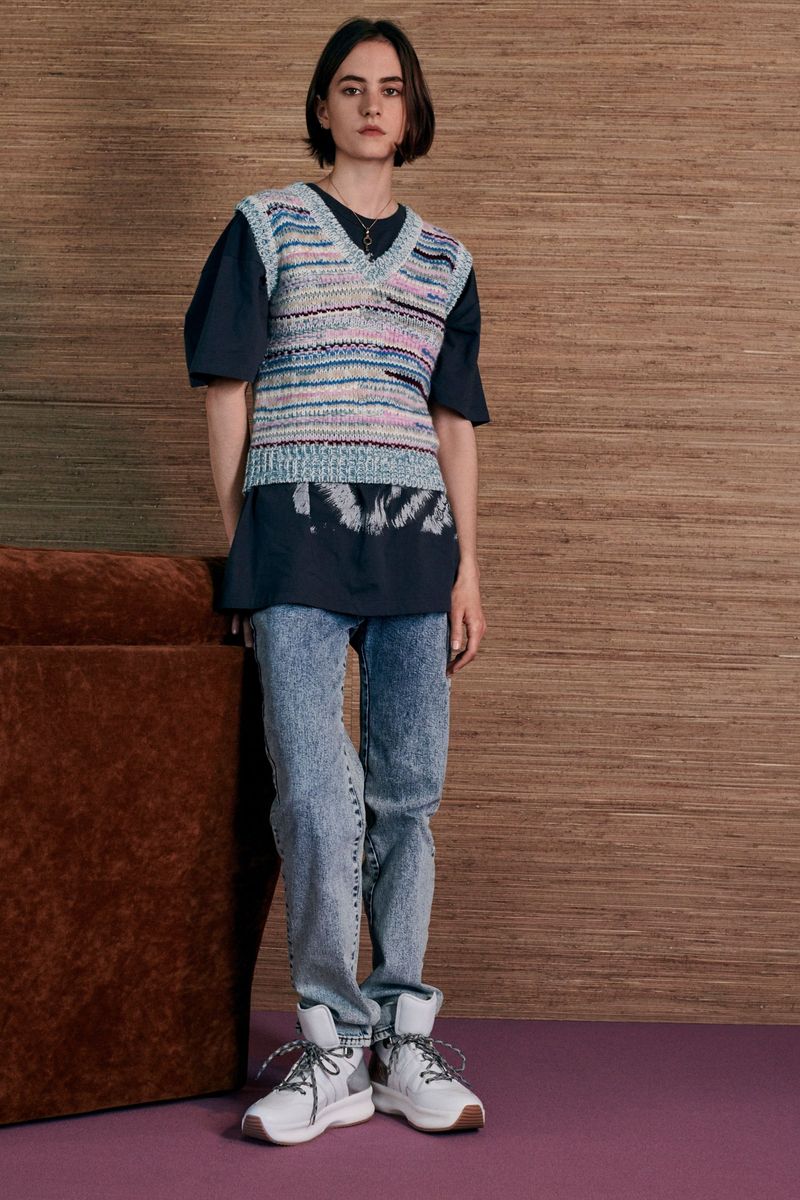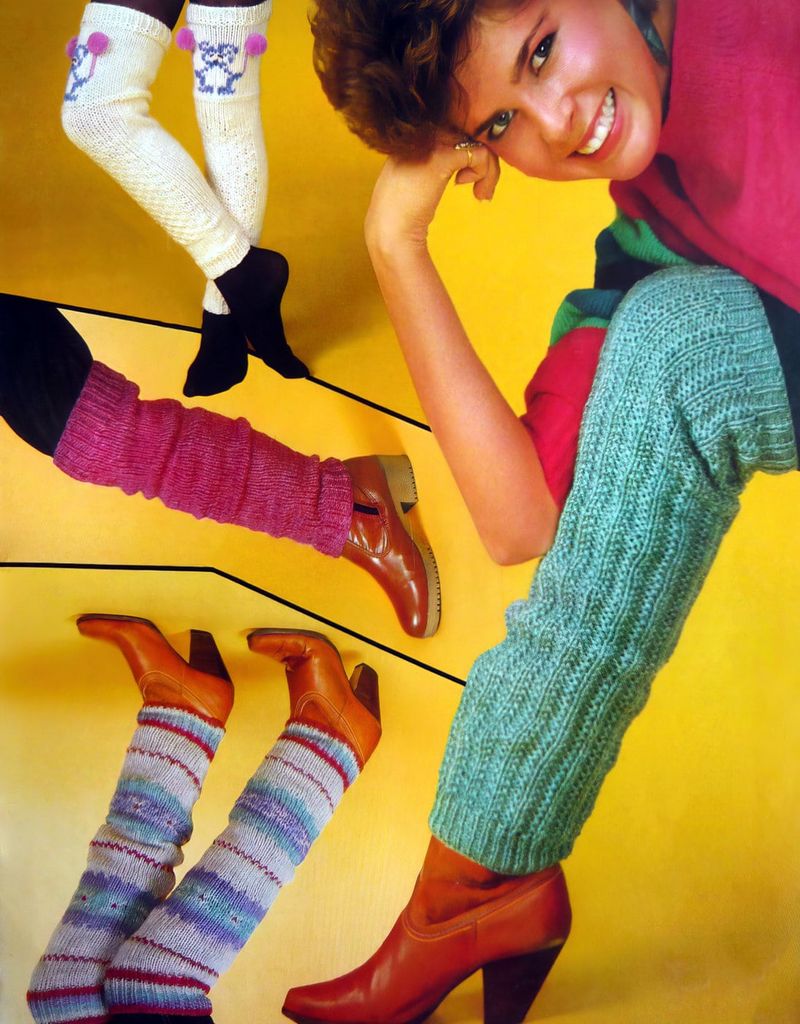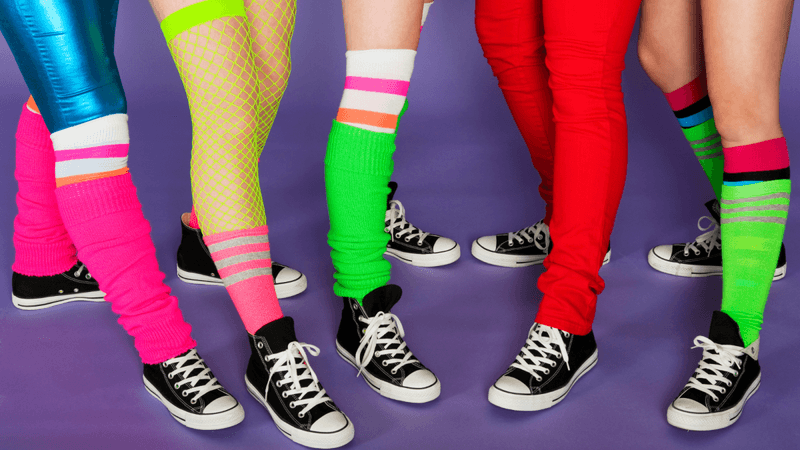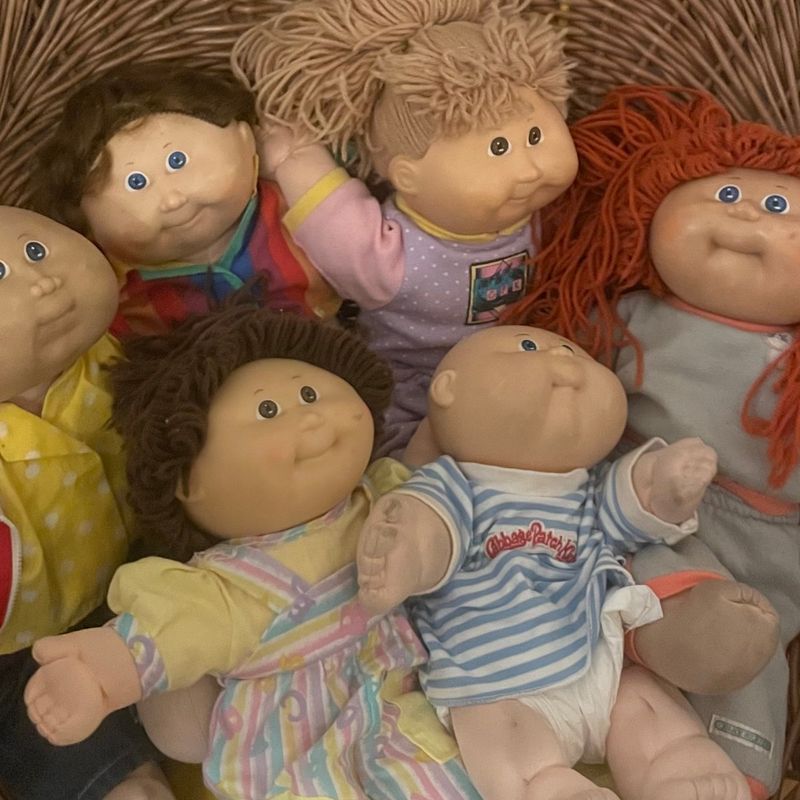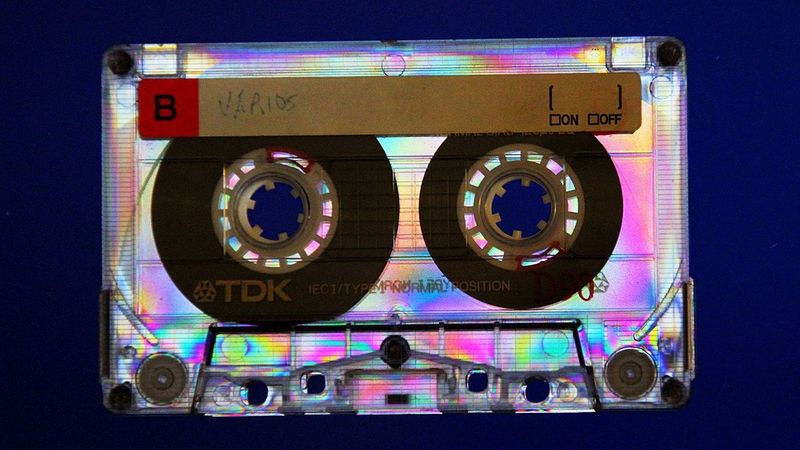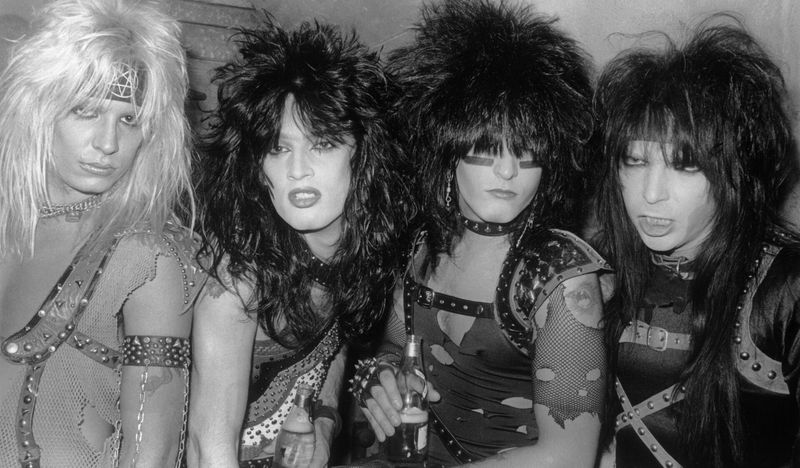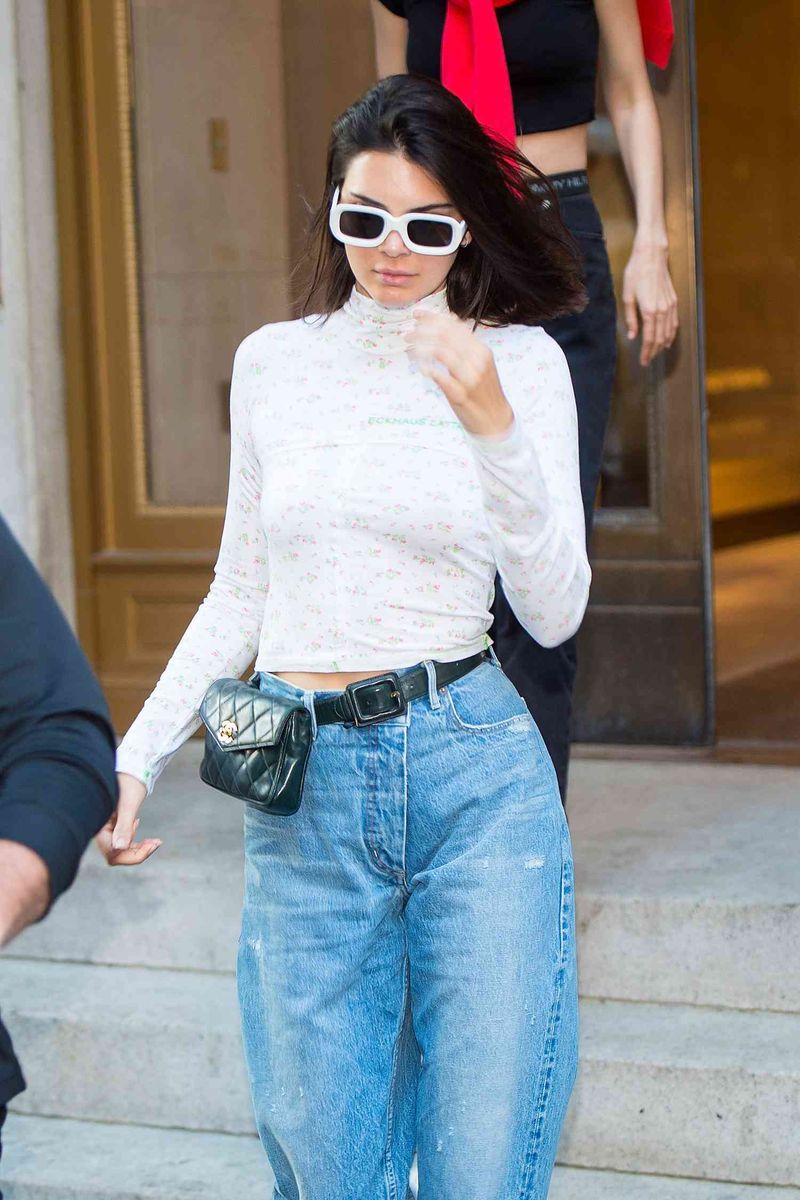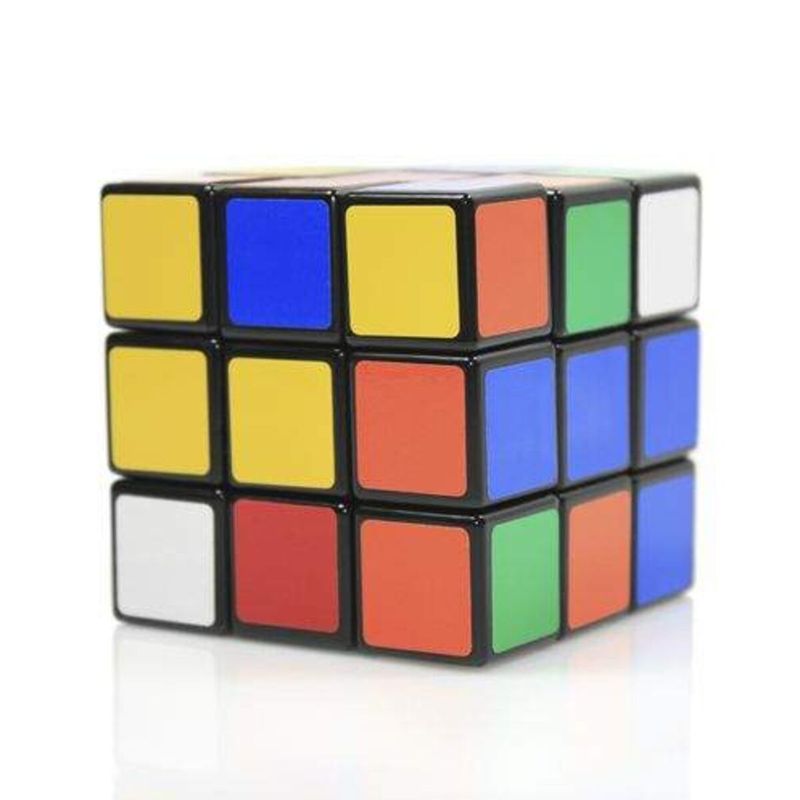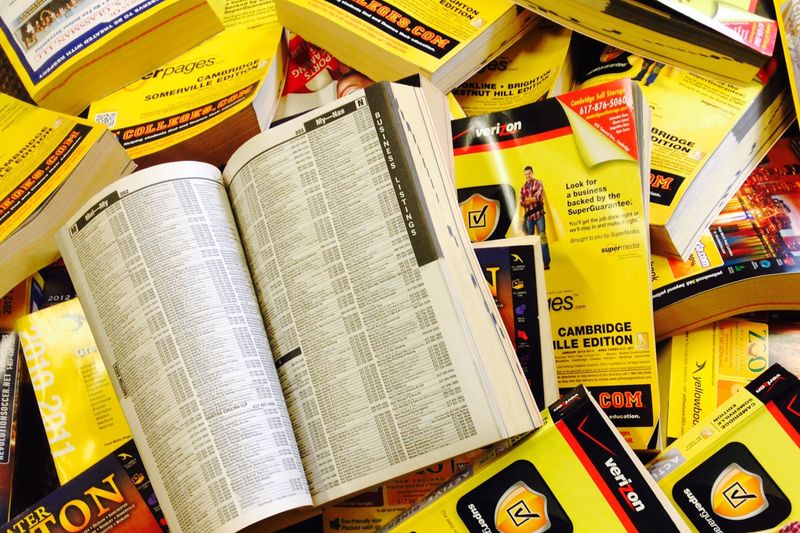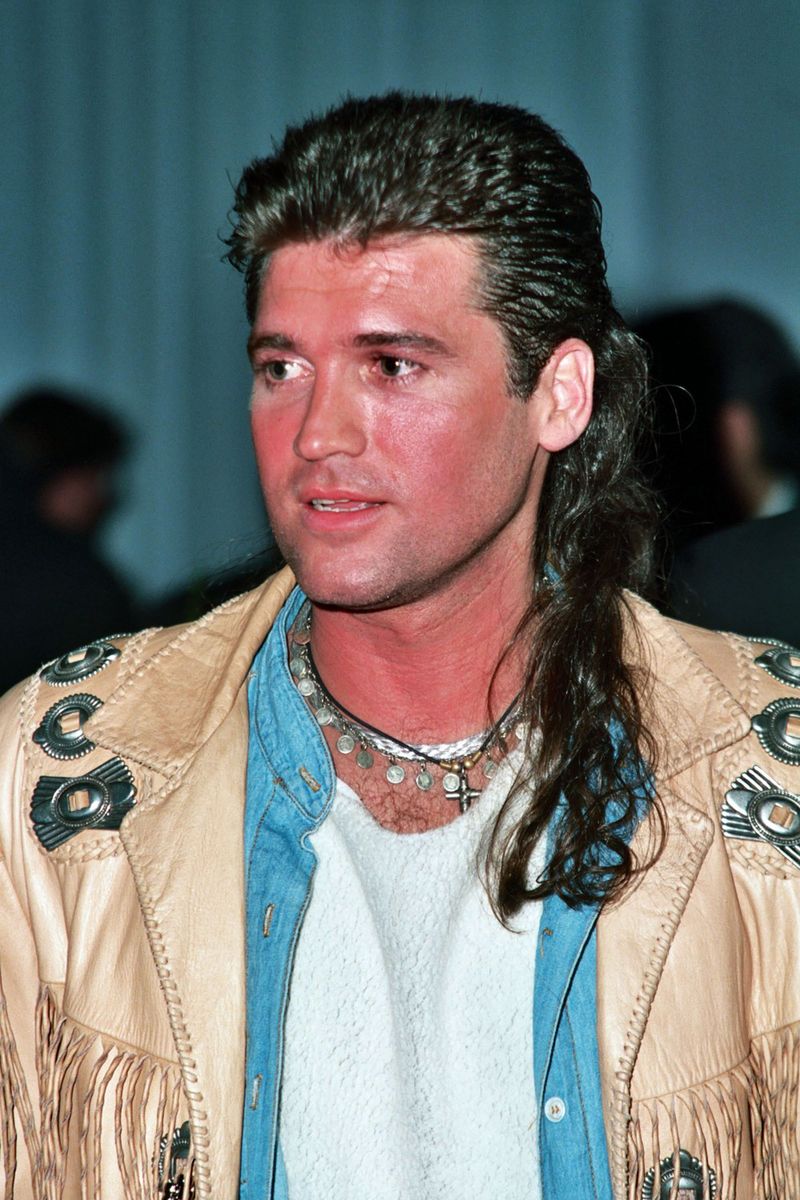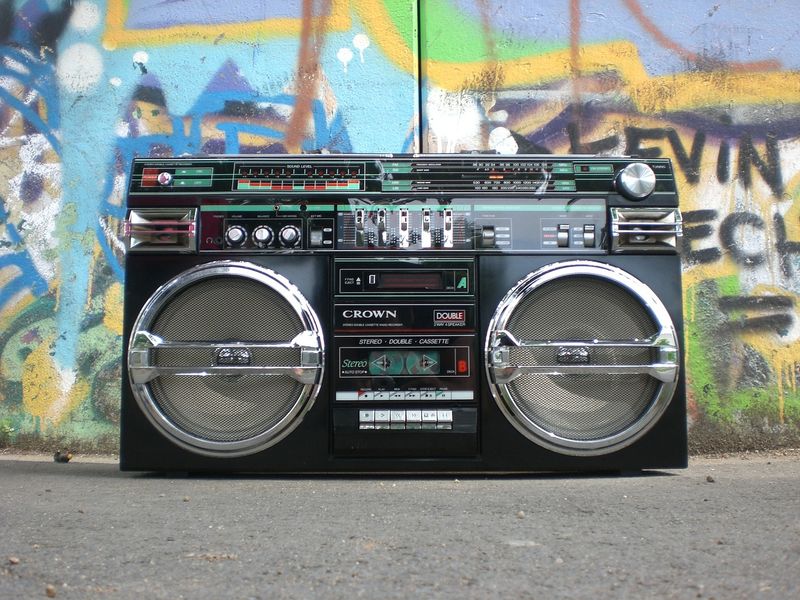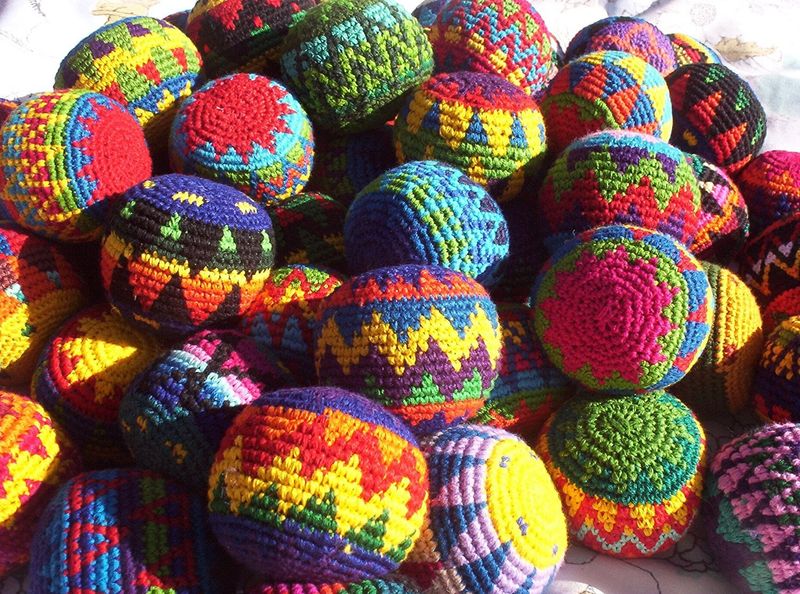The 1980s was a decade filled with unique styles, technological advances, and cultural phenomena. However, not everything from this vibrant era was worth holding onto. Many things became outdated or were simply best left in the past. In this blog post, we explore 15 aspects of the ’80s that we were more than happy to say goodbye to.
Shoulder Pads
Ah, shoulder pads—the pinnacle of ’80s fashion disasters. Many people in the business world, particularly women, wore these padded appendages in an attempt to bring a sense of power and authority.
The oversized and angular shapes were thought to symbolize strength, but in reality, they often made the wearer look like a football player. As the ’90s approached, people eagerly shed these awkward fashion statements.
Today, while some fashion trends from the ’80s have made a comeback, shoulder pads have thankfully remained a relic of the past, best remembered as a quirky yet questionable style choice.
Acid-Wash Denim
Acid-wash denim was all the rage in the 1980s, capturing the attention of fashion-forward teens and rebellious rock stars alike. These jeans were known for their distinctive, bleached appearance achieved through a unique washing process.
While many viewed them as edgy, their stark patterns and irregular coloring often clashed with other apparel. Over time, the novelty wore off, leaving people yearning for more timeless styles.
Today, acid-wash denim is rarely seen outside of costume parties or retro-themed events. It serves as a nostalgic reminder of an era where more was often considered more in fashion.
Mullets
The mullet—business in the front, party in the back—became an iconic hairstyle of the ’80s. This haircut was embraced by many, from pop stars to average Joes, seeking to make a bold style statement.
However, the mullet quickly turned into a cultural punchline as the decade progressed. Its unflattering silhouette and often unruly appearance led to its fall from grace.
Though some have attempted to revive the mullet in recent years, it largely remains a symbol of 1980s excess and experimentation, reminding us that not all fashion risks are worth repeating.
Leg Warmers
Leg warmers were a staple of ’80s fashion, often worn over leggings or tights. Originally designed for dancers to keep their muscles warm, they quickly became a must-have accessory for fashion enthusiasts.
Their popularity was fueled by movies and workout videos, making them synonymous with fitness and fashion. However, outside the dance studio, they often appeared out of place.
As fitness fashion evolved, leg warmers lost their appeal. Today, they are mostly seen in retro-inspired outfits or dance classes, reminding us of a time when fitness and fashion were inseparable.
Neon Colors
The ’80s were awash with neon colors, from clothing to accessories. These bright, fluorescent shades were intended to be bold, eye-catching, and vibrant.
While they certainly achieved their goal of standing out, neon often crossed the line into garishness. The intense hues could be overwhelming and were difficult to pair with other wardrobe pieces.
As fashion moved towards more subdued tones in the ’90s, neon colors faded into obscurity. Although they occasionally resurface in fashion cycles, they primarily serve as a nostalgic nod to the daring style choices of the ’80s.
Cabbage Patch Kids
Cabbage Patch Kids were a toy phenomenon in the ’80s, sparking widespread excitement and long lines in toy stores. Each doll was unique, with its own birth certificate and adoption papers.
Despite their initial charm, the novelty of these dolls quickly wore off as more advanced toys entered the market. Many parents and children found them to be slightly unsettling in appearance.
Today, while still collectible, Cabbage Patch Kids represent a bygone era of toy mania, reminding us of a time when toys were simpler, yet could spark massive consumer frenzies.
Cassette Tapes
Cassette tapes were once the primary medium for music lovers and aspiring musicians. Their compact size and portability made them popular for personal and car stereos.
However, cassettes were prone to tangling and degrading sound quality over time. The frustration of rewinding tapes with a pencil became an all-too-common experience.
With the advent of CDs and digital music, cassettes quickly became obsolete. While some enthusiasts appreciate their retro charm, most are content to leave the hassles of cassette tapes behind, embracing more reliable and high-quality audio formats.
Hair Metal Bands
The ’80s saw the rise of hair metal bands, known for their extravagant looks and catchy tunes. With their teased hair and flashy outfits, bands like Poison and Mötley Crüe captivated audiences around the world.
While initially popular, the genre soon faced backlash for its perceived shallowness and repetitive themes. As grunge and alternative music gained traction in the ’90s, hair metal faded from mainstream popularity.
Today, hair metal is fondly remembered for its high energy and theatrical performances, but it’s largely seen as a whimsical chapter in the history of rock music.
Fanny Packs
Fanny packs were the ultimate ’80s accessory, offering convenience and hands-free storage for daily essentials. They were popular among tourists and fashion-conscious individuals alike.
Despite their practicality, fanny packs were often criticized for their unattractive bulkiness and unfashionable look. They became associated with tackiness and were soon abandoned for sleeker alternatives.
In recent years, fanny packs have made a comeback, rebranded as “belt bags,” but they still carry the stigma of their original aesthetic. Their resurgence is a testament to the cyclical nature of fashion.
Rubik’s Cube
The Rubik’s Cube became an ’80s sensation, challenging minds with its seemingly endless possibilities. This puzzle captivated people of all ages, promoting problem-solving and spatial reasoning skills.
However, for many, the cube’s complexity led to frustration rather than fun. The challenge of aligning colors often felt insurmountable, leading to abandoned cubes gathering dust.
While still popular among puzzle enthusiasts, the Rubik’s Cube serves as a reminder of the ’80s focus on intellectual hobbies. Its enduring appeal lies in its simplicity, yet the frustrations it evoked are best left in the past.
Telephone Books
Telephone books were the go-to resource for finding contact information, an essential household item in the ’80s. These hefty volumes contained endless listings that often went unused.
Flipping through pages to find a single number was time-consuming, and the books themselves took up considerable space. As technology evolved, they became cumbersome relics.
Nowadays, with digital directories at our fingertips, telephone books are a thing of the past. They symbolize the shift from analog to digital convenience in everyday tasks.
Keytars
The keytar, a hybrid of keyboard and guitar, was an instrument that defined the ’80s music scene. Musicians wielded it with flair, adding theatricality to live performances.
Its flashy design and mobility made it popular among synth-pop bands and solo artists looking to stand out. However, its novelty quickly wore off, and the keytar became a symbol of 1980s excess.
While some musicians still embrace the keytar for nostalgia, it largely remains an icon of a bygone era, representing a playful yet over-the-top approach to musical innovation.
Shoulder Mullet
The shoulder mullet, a fusion of two of the ’80s most infamous fashion trends—shoulder pads and mullets—was an unfortunate style experiment. Combining oversized shoulder pads with the mullet’s distinct hairstyle resulted in a look both unique and perplexing.
This fashion faux pas was short-lived, as the impracticality and odd appearance quickly led to its decline in popularity. It left a humorous yet cautionary legacy in fashion history.
Today, the shoulder mullet is often referenced as an example of the ’80s willingness to push style boundaries, reminding us that some trends are best left unrevived.
Boom Boxes
Boom boxes were a symbol of street culture, bringing portable music to the masses. These large, powerful devices allowed people to enjoy their tunes outdoors and became an icon of ’80s urban life.
Despite their popularity, boom boxes were bulky and often required numerous batteries, making them less practical as technology advanced. Their loudness also drew criticism in public spaces.
As portable music players evolved, boom boxes were replaced by more compact and user-friendly devices. They remain a nostalgic symbol of ’80s music culture, a reminder of a time when music was a communal experience.
Hacky Sacks
Hacky sacks became a popular pastime in the ’80s, offering a simple and social form of entertainment. Small, round bags filled with pellets, they invited people to test their footwork and coordination.
For many, hacky sack was more than just a game; it was a social activity that encouraged group participation and skill development. However, its appeal was limited, and it eventually fell out of favor.
Today, hacky sacks are seen as a quirky relic of the past, a reminder of a decade that embraced casual, outdoor fun. Its legacy lives on, but its trendy days are long gone.
